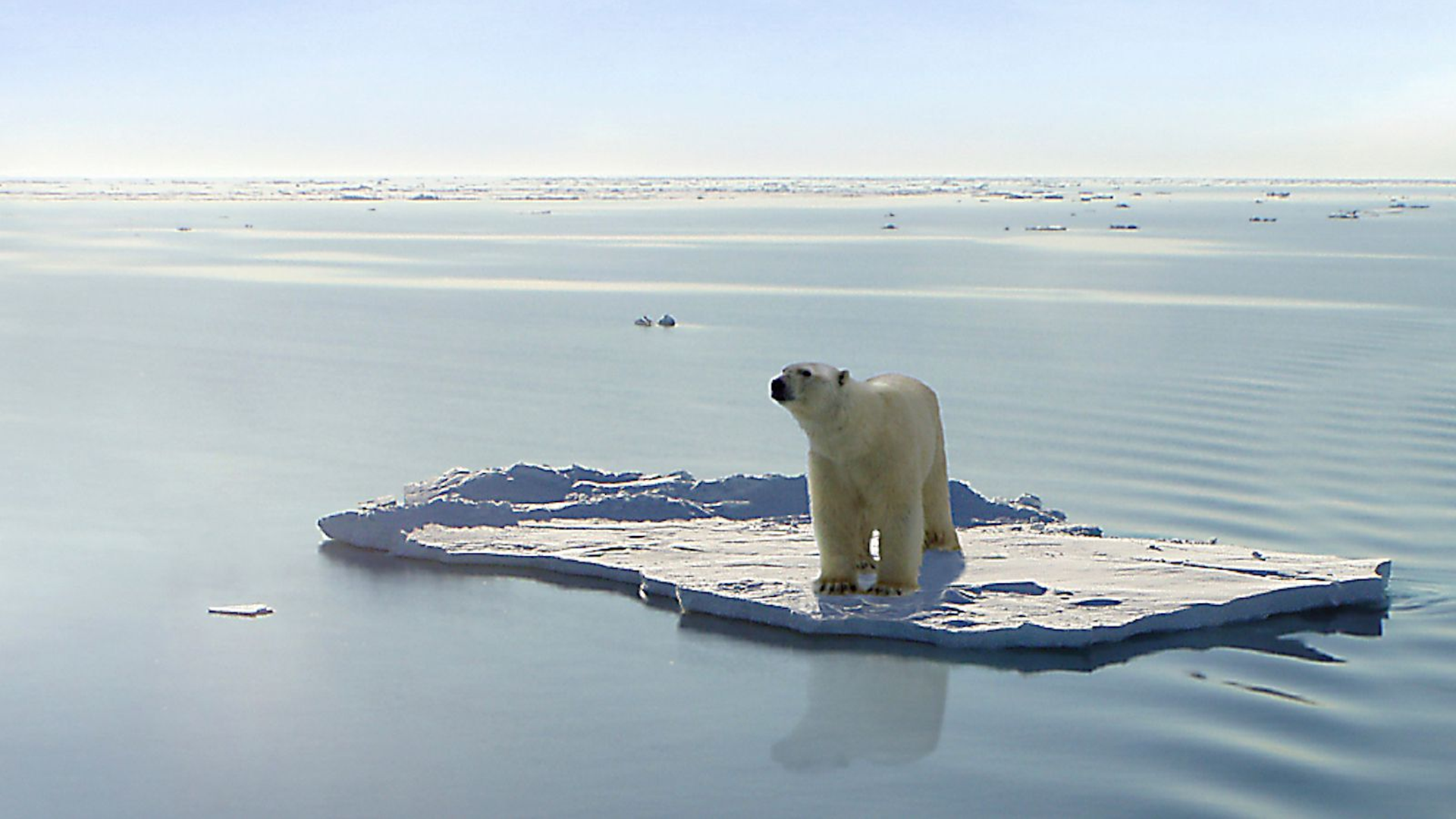The Arctic thaw

“Even if the whole world stopped burning fossil fuels today, the Greenland ice sheet would still lose about 110 trillion tons of ice, leading to an average global sea level rise of at least 27 centimeters." This is the conclusion reached by a team of glaciologists led by Jason Box of the Nationale Geologiske Undersøgelser for Danmark og Grønland (GEUS) after 20 years of measurements collected in the study “Greenland ice sheet climate disequilibrium and committed sea-level rise", published last year. August 29 in Nature Climate Change. With this study, Box’s team, looking at the climate in the Arctic from 2000 to 2019 and the imbalance it created in the Greenland ice sheet, determined for the first time the minimum ice loss from the Greenland ice sheet caused by warming so far. climatic. For the researchers it was an absolute novelty to be able to give a precise dimension to the melting of the Greenland ice sheet, a figure that does not depend on highly uncertain computer models of ice flow and climate interaction, but on actual ice measurements obtained with satellites and from the observations of researchers over the past two decades. For the research team, “There is now enough data to see that the balance of the past two decades of annual mass addition and loss from the ice sheet simply" requires “that the ice lose at least 3% of its mass in the ocean." But how long will it take? “We used a completely new way to calculate glacial mass loss,” Box explained, “but the downside to this method is that it doesn’t provide a time frame. To get this ratio, we had to let go of the time factor in the calculation. But our observations suggest that most of the sea level rise will occur in this century. “
The GEUS researchers examined changes in the so-called snow line of the ice sheet, that is, the boundary between areas of the ice sheet that are exposed to net melting during the summer and areas that are not. The snowfall limit varies from year to year, depending on the weather conditions, but for the ice sheet to be in equilibrium, the added mass must be equal to the lost mass. If a hot summer causes snow layers to melt, that snow will be missing in the mass balance for years to come, creating a mass balance deficit or imbalance. It was the consequences of this imbalance that Box and his colleagues calculated, concluding that “This average snow limit increases the melt area with a consequent increase in the imbalance and, ultimately, an alteration in the shape of the ice sheet". But where does all this water go? At sea, by significantly raising the level, but not in the Arctic lakes, which according to the study “Permafrost thaw drives surface water decline across lake-rich regions of the Arctic", published last month in Nature Climate Change, are drying up. The international team of researchers led by biologist Elizabeth Webb of the University of Florioda revealed that “Over the past 20 years, Arctic lakes have shrunk or dried completely across the pan-Arctic, a region that covers the northern parts of Canada, Russia. , Greenland, Scandinavia and Alaska “.
The decline of Arctic lakes is, in fact, a surprise. Scientists predicted that, due to changes in the Earth’s surface resulting from melting ice, climate change would initially increase the surface area of lakes across the tundra and that their eventual drying would begin in the mid-21st century or even in the mid-21st century. XXII century. “Instead – explained Webb – it seems that the thawing of permafrost, the frozen ground that covers the Arctic, can drain the lakes and overcome this expansion effect by increasing soil erosion in the lakes". The thawing of the permafrost is occurring faster than the scientific community had predicted due not only to rising temperatures, but also to autumn rainfall. Biologist Jeremy Lichstein, one of the authors of the study, explained how “It might seem counterintuitive that increased rainfall reduces surface water. But it turns out that the physical explanation was already in the scientific literature: rainwater carries heat into the ground and accelerates the thawing of the permafrost, which can open underground channels that drain the surface “. Bad news. Arctic permafrost is a huge natural storage system of organic matter and climate-changing gases and when the permafrost melts, this carbon is vulnerable to release into the atmosphere below
or form of methane and carbon dioxide. Not only. Arctic lakes are essential for the balance of the Arctic ecosystem. They provide a vital source of fresh water for threatened and endangered species, including migratory birds and all aquatic creatures, as well as being critical to indigenous communities and activities.
To examine the mechanisms of climate change responsible for the rapid drying of the Arctic lake area, the research team used a machine-learning approach that allowed scientists to exploit large data sets and satellite images to evaluate patterns of loss of water. surface water, thus clearly identifying general trends in Arctic lake change. For the Webb “Satellite images help answer large-scale questions”. The answers? The best way to save permafrost and lakes is to reduce fossil fuel emissions. The reduction of carbon emissions could put the planet back on the road to rebalancing, limiting the increase in global temperature. According to Webb, however, “The snowball is already rolling. We must act now to slow down these changes. Continuing to do what we are doing will not work ”.
